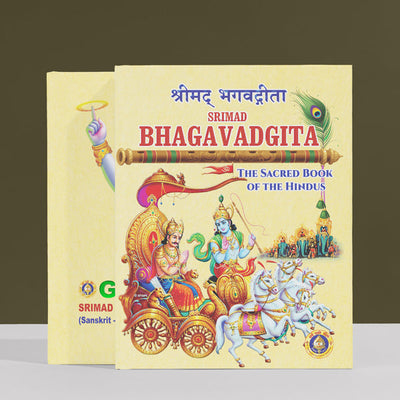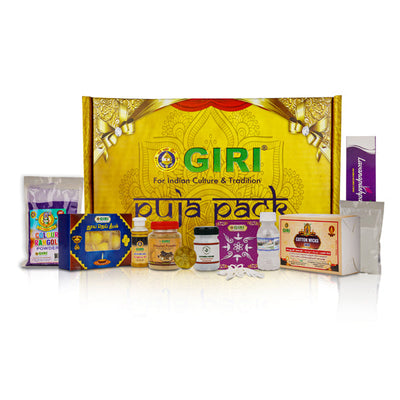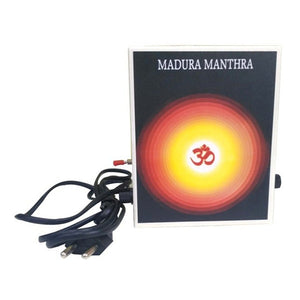
Brass Jalladai - 2.5 x 13 Inches | Sahastradhara/ Abhisheka Plate for Pooja/ 900 Gms Approx
Original price
Rs. 2,500.00
-
Original price
Rs. 2,500.00
Original price
Rs. 2,500.00
Rs. 2,500.00
-
Rs. 2,500.00
Current price
Rs. 2,500.00
SKU 5250829
• The Brass Sahasra Dhara/Salladai is a sacred accessory used in Hindu religious ceremonies, particularly in poojas and rituals involving the holy bathing (neerattal) of deities.
• This thick brass jalleda is designed with multiple pores, allowing for the controlled pouring of holy water over the idol of the deity.
• The Sahasra Dhara holds spiritual significance and is used as one of the sixteen upacharas (ritual offerings) during poojas.
• The Sahasra Dhara/Salladai is crafted from high-quality brass, featuring a traditional design that aligns with the customs and rituals of Hindu worship.
• This haldi jalleda is primarily used for the ceremonial holy bathing of deities during worship, a significant aspect of Hindu rituals that signifies purification and divine blessings.
• The accessory's multiple pores allow for a controlled and even flow of holy water, ensuring that the deity is bathed with precision and reverence.
• This Brass jalleda has particular utility during important family events like Shastiaptha Poorthi (60th birthday celebration) or Sadhabishekam (60th-anniversary celebrations), where elders receive special blessings and ceremonies.
• Using the Sahasra Dhara/Salladai is an act of devotion, seeking to purify and sanctify the deity during worship, and invoking divine grace and blessings.
• This brass jalladai serves as one of the essential ritual offerings (upacharas) in Hindu poojas and ceremonies, enhancing the sanctity of the occasion.
• The Brass Sahasra Dhara/jalladai holds a special place in Hindu rituals, serving as an instrument for the sacred act of holy bathing during worship.
• Its controlled pouring and traditional design make it a valuable addition to religious ceremonies, where it enhances the sanctity and reverence of the ritual. Additionally, it finds utility in significant family events like Shastiaptha Poorthi and Sadhabishekam, symbolizing blessings and purification.
• This thick brass jalleda is designed with multiple pores, allowing for the controlled pouring of holy water over the idol of the deity.
• The Sahasra Dhara holds spiritual significance and is used as one of the sixteen upacharas (ritual offerings) during poojas.
• The Sahasra Dhara/Salladai is crafted from high-quality brass, featuring a traditional design that aligns with the customs and rituals of Hindu worship.
• This haldi jalleda is primarily used for the ceremonial holy bathing of deities during worship, a significant aspect of Hindu rituals that signifies purification and divine blessings.
• The accessory's multiple pores allow for a controlled and even flow of holy water, ensuring that the deity is bathed with precision and reverence.
• This Brass jalleda has particular utility during important family events like Shastiaptha Poorthi (60th birthday celebration) or Sadhabishekam (60th-anniversary celebrations), where elders receive special blessings and ceremonies.
• Using the Sahasra Dhara/Salladai is an act of devotion, seeking to purify and sanctify the deity during worship, and invoking divine grace and blessings.
• This brass jalladai serves as one of the essential ritual offerings (upacharas) in Hindu poojas and ceremonies, enhancing the sanctity of the occasion.
• The Brass Sahasra Dhara/jalladai holds a special place in Hindu rituals, serving as an instrument for the sacred act of holy bathing during worship.
• Its controlled pouring and traditional design make it a valuable addition to religious ceremonies, where it enhances the sanctity and reverence of the ritual. Additionally, it finds utility in significant family events like Shastiaptha Poorthi and Sadhabishekam, symbolizing blessings and purification.







